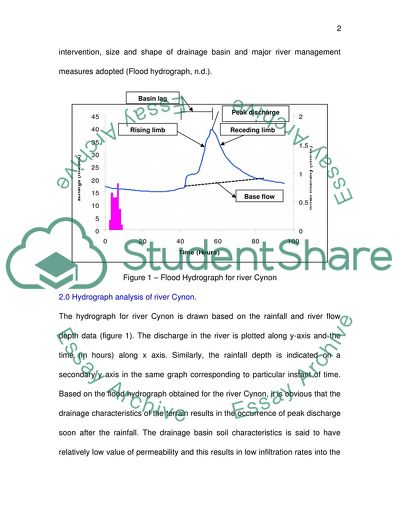Cite this document
(Storm Drainage Project Report Example | Topics and Well Written Essays - 1750 words - 3, n.d.)
Storm Drainage Project Report Example | Topics and Well Written Essays - 1750 words - 3. https://studentshare.org/design-technology/1553771-storm-drainage-design-project
Storm Drainage Project Report Example | Topics and Well Written Essays - 1750 words - 3. https://studentshare.org/design-technology/1553771-storm-drainage-design-project
(Storm Drainage Project Report Example | Topics and Well Written Essays - 1750 Words - 3)
Storm Drainage Project Report Example | Topics and Well Written Essays - 1750 Words - 3. https://studentshare.org/design-technology/1553771-storm-drainage-design-project.
Storm Drainage Project Report Example | Topics and Well Written Essays - 1750 Words - 3. https://studentshare.org/design-technology/1553771-storm-drainage-design-project.
“Storm Drainage Project Report Example | Topics and Well Written Essays - 1750 Words - 3”. https://studentshare.org/design-technology/1553771-storm-drainage-design-project.


